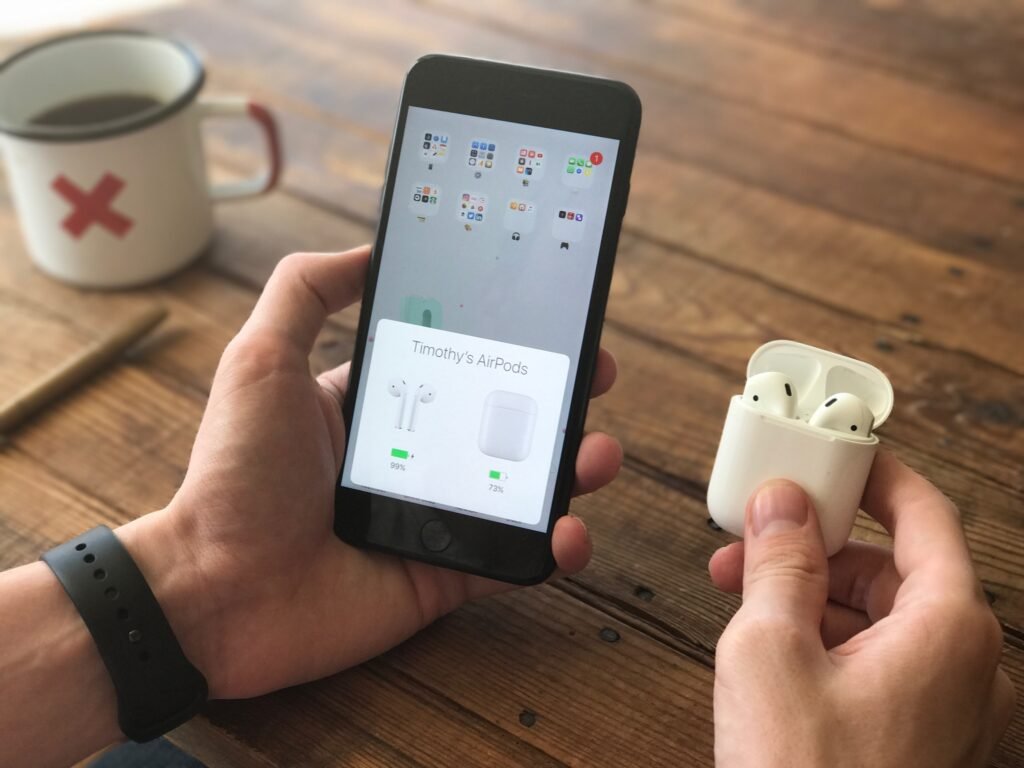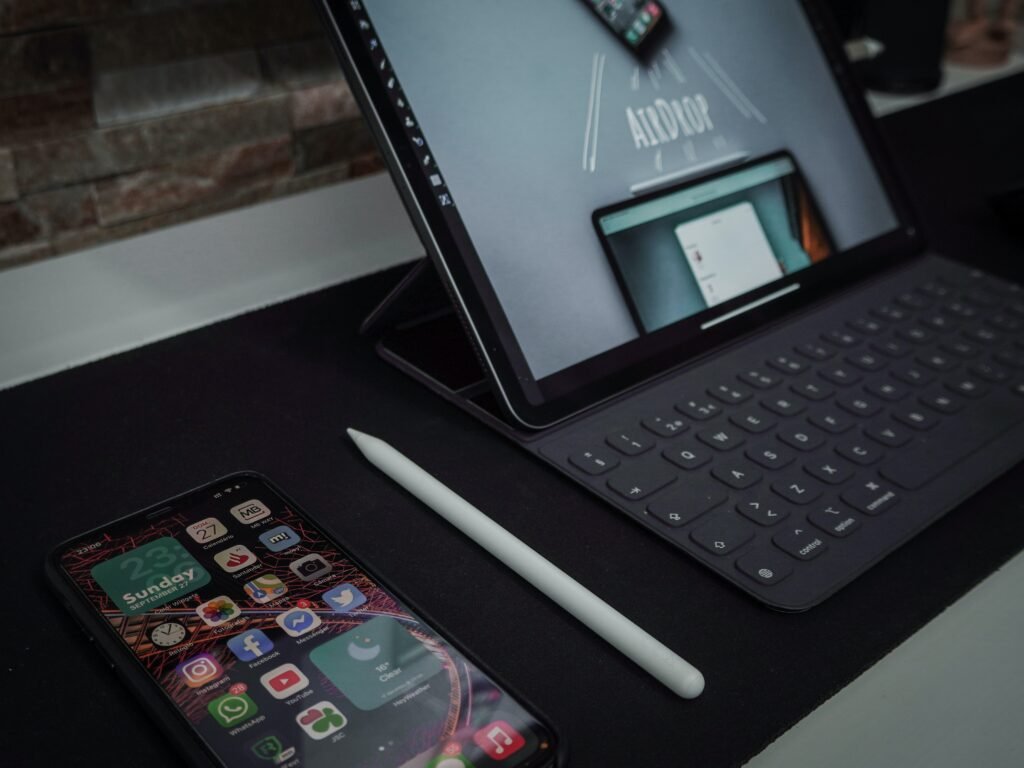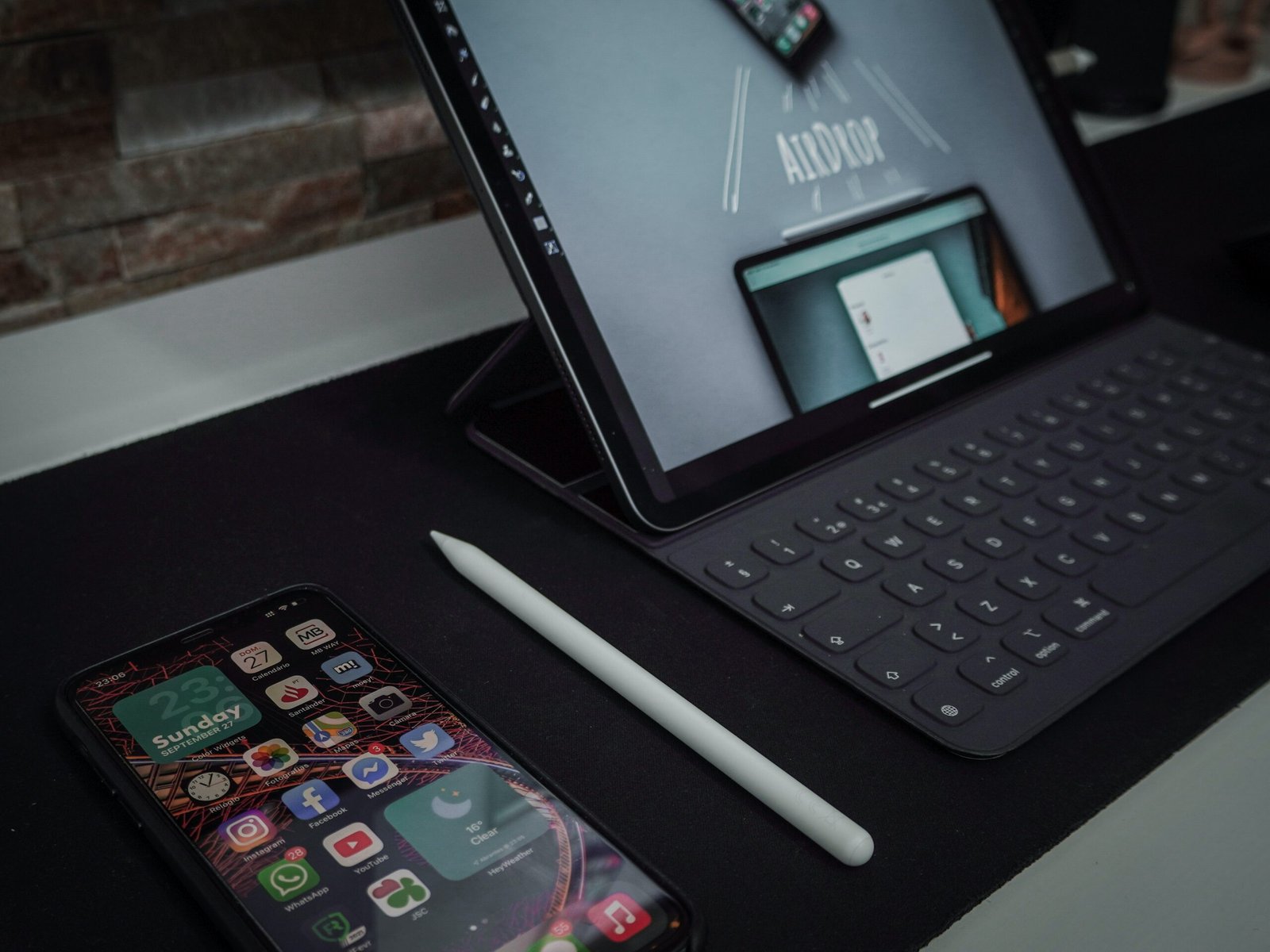In this article, you will learn how to effectively utilize the AirDrop feature on your Apple devices. AirDrop is a convenient tool that enables you to transfer files between devices using Wi-Fi and Bluetooth. Before diving into the process, it’s crucial to ensure that your devices are compatible – iPhone 5 or later, iPad 4 or later, and Mac models released in 2012 or later. Additionally, we will explore troubleshooting steps, such as checking the AirDrop settings, toggling Wi-Fi and Bluetooth, adjusting firewall settings, and even resorting to a hard reset if necessary. Remember, if you encounter any difficulties, don’t hesitate to reach out to Apple Support or visit an Apple store for further assistance. So, let’s get started on maximizing the potential of AirDrop!
How to Use AirDrop on Apple Devices
AirDrop is a fantastic feature on Apple devices that allows you to easily transfer files over Wi-Fi and Bluetooth. It’s incredibly convenient and can save you a lot of time when it comes to sharing photos, documents, and other files with friends, family, or colleagues. In this article, we’ll take a comprehensive look at how AirDrop works, which devices are supported, how to check your AirDrop settings, troubleshoot common issues, and more. So let’s dive in and discover everything you need to know about using AirDrop on your Apple devices!

How Does AirDrop Work?
Overview of AirDrop
AirDrop uses a combination of Wi-Fi and Bluetooth technology to create a direct peer-to-peer connection between two Apple devices. It allows you to seamlessly share files with nearby devices without the need for an internet connection or any additional apps. AirDrop is incredibly fast, secure, and easy to use, making it the preferred method for sharing files among Apple users.
Transfer Process
When you initiate an AirDrop transfer, your device creates a secure Wi-Fi network that other nearby Apple devices can join. Once the two devices are connected, the file transfer takes place over this private network, ensuring the security and efficiency of the transfer. The file transfer itself is done via Bluetooth, while the actual file data is transmitted over the established Wi-Fi connection. This allows for high-speed transfers with minimal latency.
Supported Devices
AirDrop is compatible with various Apple devices. To use AirDrop, you need an iPhone 5 or later, an iPad 4 or later, or a Mac model released in 2012 or later. If you have one of these devices, you’re good to go!
Compatible iPhone Models
AirDrop is supported on iPhone 5 or later models, which means that if you have an iPhone 5, iPhone 5c, iPhone 5s, iPhone 6, iPhone 6 Plus, or any newer iPhone model, you can take advantage of AirDrop’s convenient file-sharing capabilities.
Compatible iPad Models
If you own an iPad 4 or later, you’re in luck! AirDrop works seamlessly on iPad 4, iPad Air, iPad Air 2, iPad (5th generation and later), iPad mini, iPad mini 2, iPad mini 3, iPad mini 4, and iPad Pro models, allowing you to share files effortlessly between your iPad and other Apple devices.
Supported Mac Models
AirDrop is available on Mac models released in 2012 or later. So if you have a MacBook Air (2012 and later), MacBook Pro (2012 and later), MacBook (2015 and later), iMac (2012 and later), Mac mini (2012 and later), or Mac Pro (2013 and later), you can enjoy the benefits of AirDrop on your Mac as well.

Checking AirDrop Settings
Before you start using AirDrop, it’s essential to ensure that your AirDrop settings are properly configured. Here’s how you can access the AirDrop settings on different Apple devices:
Accessing AirDrop Settings on iPhone and iPad
- Open the Settings app on your iPhone or iPad.
- Scroll down and tap on “General.”
- Look for “AirDrop” and tap on it.
- You’ll have three options to choose from: “Receiving Off,” “Contacts Only,” or “Everyone.” Select the option that suits your preferences. “Receiving Off” will disable AirDrop, “Contacts Only” will allow only your contacts to see your device, and “Everyone” will let any nearby device discover your device.
Accessing AirDrop Settings on Mac
- Click on the “Finder” icon in the Dock to open a Finder window.
- In the menu bar on the top, click on “Go.”
- Select “AirDrop” from the drop-down menu.
- The AirDrop window will appear, and you’ll have the same three options available: “Receiving Off,” “Contacts Only,” or “Everyone.” Choose the option that best suits your needs.
Troubleshooting AirDrop Issues
Unfortunately, sometimes AirDrop may not work as expected. If you encounter any issues, don’t worry! Here are some troubleshooting steps you can take to get AirDrop up and running again:
Toggle Wi-Fi and Bluetooth on Devices
One of the most common fixes for AirDrop issues is to toggle Wi-Fi and Bluetooth on your devices. Here’s how you can do it for different devices:
-
On iPhone: Swipe up from the bottom of the screen to access Control Center, or swipe down from the top-right corner (iPhone X or later). Long-press or force touch the Wi-Fi and Bluetooth icons to turn them off, wait a few seconds, and then turn them back on.
-
On iPad: Swipe up from the bottom of the screen to access Control Center. Long-press or force touch the Wi-Fi and Bluetooth icons to disable them, wait a moment, and then enable them again.
-
On Mac: Click on the Wi-Fi or Bluetooth icon in the menu bar at the top-right corner of the screen. Choose “Turn Wi-Fi Off” or “Turn Bluetooth Off” from the drop-down menu, wait for a few seconds, and then select “Turn Wi-Fi On” or “Turn Bluetooth On” to enable them again.
Disable Personal Hotspot on iPhone
If you are hosting a Personal Hotspot on your iPhone, it can sometimes interfere with AirDrop functionality. To disable Personal Hotspot, follow these steps:
- Open the Settings app on your iPhone.
- Tap on “Personal Hotspot.”
- Toggle the switch next to “Personal Hotspot” to turn it off.
Ensure Device Compatibility and Proximity
For AirDrop to work correctly, it’s important to ensure that your iPhone or iPad is compatible with AirDrop and that the device you want to transfer files to is within Bluetooth range. Here’s how you can check these factors:
-
Checking iPhone or iPad Compatibility: Refer back to the “Supported Devices” section above to make sure your device is compatible with AirDrop.
-
Ensuring Proximity between Devices: Make sure your iPhone or iPad is unlocked and within Bluetooth range (approximately 30 feet or 10 meters) of the device you want to transfer files to.
Adjusting Firewall Settings on Mac
If you’re having trouble sending files to your Mac via AirDrop, it might be due to firewall settings on your Mac. Here’s how you can access and adjust the firewall settings:
- Click on the Apple menu icon in the top-left corner of the screen.
- Select “System Preferences” from the drop-down menu.
- Click on “Security & Privacy.”
- Go to the “Firewall” tab.
- Click on the lock icon at the bottom-left corner of the window and enter your admin password to make changes.
- Ensure that the firewall is not blocking incoming connections by clicking on the “Firewall Options” button.
- Look for “AirDrop” in the list of applications and make sure it is set to “Allow incoming connections.”
Performing a Hard Reset on Devices
If none of the troubleshooting steps mentioned above work, you can try performing a hard reset on your iPhone, iPad, or Mac. A hard reset can help resolve temporary software glitches that may be affecting AirDrop. Here’s how you can do it for different devices:
-
On iPhone or iPad: Press and hold the power button and the volume down button simultaneously until you see the Apple logo appear.
-
On Mac: Click on the Apple menu icon in the top-left corner of the screen and select “Restart” from the drop-down menu. Alternatively, you can press and hold the power button until your Mac turns off, and then press it again to turn it back on.

Contact Apple Support
If you’ve tried all the troubleshooting steps mentioned above and AirDrop still isn’t working correctly, don’t panic! Apple Support is always there to help you out. Here are a couple of ways you can get assistance:
Getting Help from Apple Support
You can visit the Apple Support website, where you’ll find a wealth of resources, including troubleshooting guides, articles, and video tutorials. You can search for your specific AirDrop issue and follow the provided solutions. If you can’t find a solution, you have the option to contact Apple Support directly for further assistance.
Visiting an Apple Store
If you prefer a more hands-on approach, you can visit your nearest Apple Store and speak with a Genius Bar technician. They are specially trained to diagnose and resolve issues with Apple devices and can provide personalized assistance to get your AirDrop back up and running.
AirDrop is undoubtedly a handy feature that enhances the overall Apple user experience. By following these steps, you will be able to unlock the full potential of AirDrop and effortlessly share files between your Apple devices. So go ahead, give it a try, and see how this fantastic feature can simplify your file-sharing needs!








